Back in the days of Galileo and Newton, an astronomer was a lone figure at a telescope eyepiece they had created themselves.
They would go through the stars and planets one by one, taking handwritten notes and creating sketches, to build up a wealth of information over nights, years and decades.
As time moved on, bigger telescopes were built in prime locations on remote mountaintops and deserts.
Astronomers would travel to use them, bringing specialist instruments and newly invented photographic equipment.
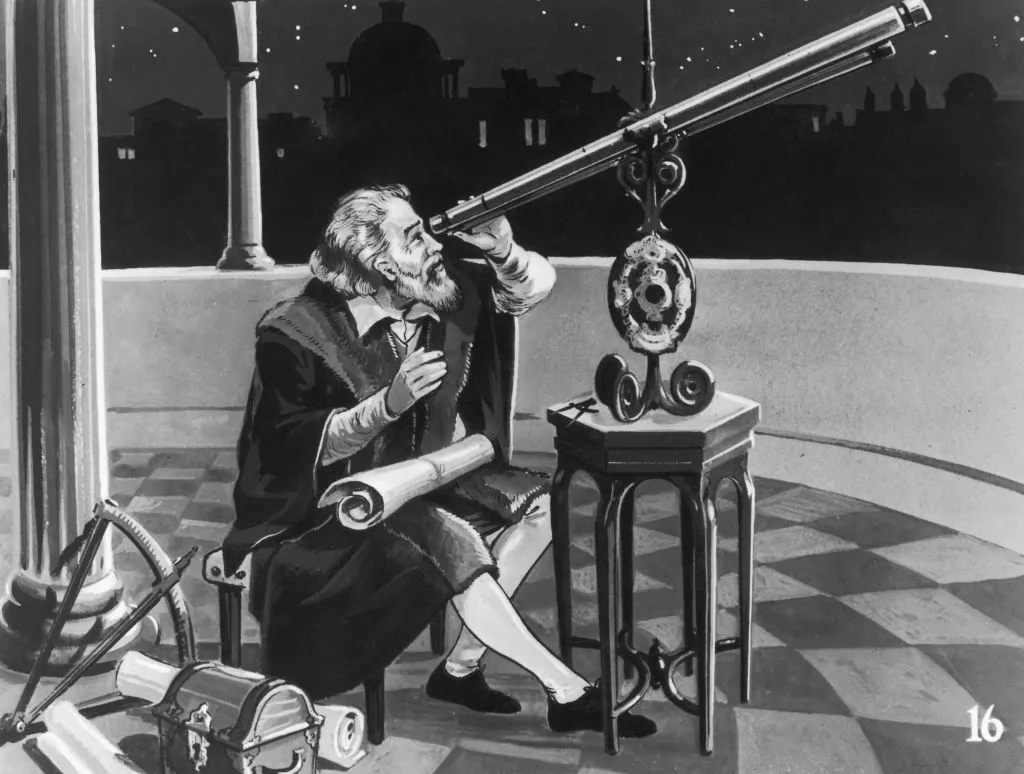
This enabled them to capture the light of dozens of distant objects that were too faint to be seen with the naked eye.
They could then carry these photographic plates home to analyse the objects. Astrophotography was born.
With so much data to look at, astronomers began employing mathematicians, known as computers, to do the work for them, while they pondered the meaning of what they saw.
The work of astronomers today

Today, astronomy has grown into a collaborative process, with teams of specialists involved at every stage.
Engineers craft new instruments while consortiums work on building huge telescopes.
These observatories are often so out of the way, and so complex, that astronomers often don’t use them themselves.
Instead they put in requests for observations that are then made by dedicated operators.
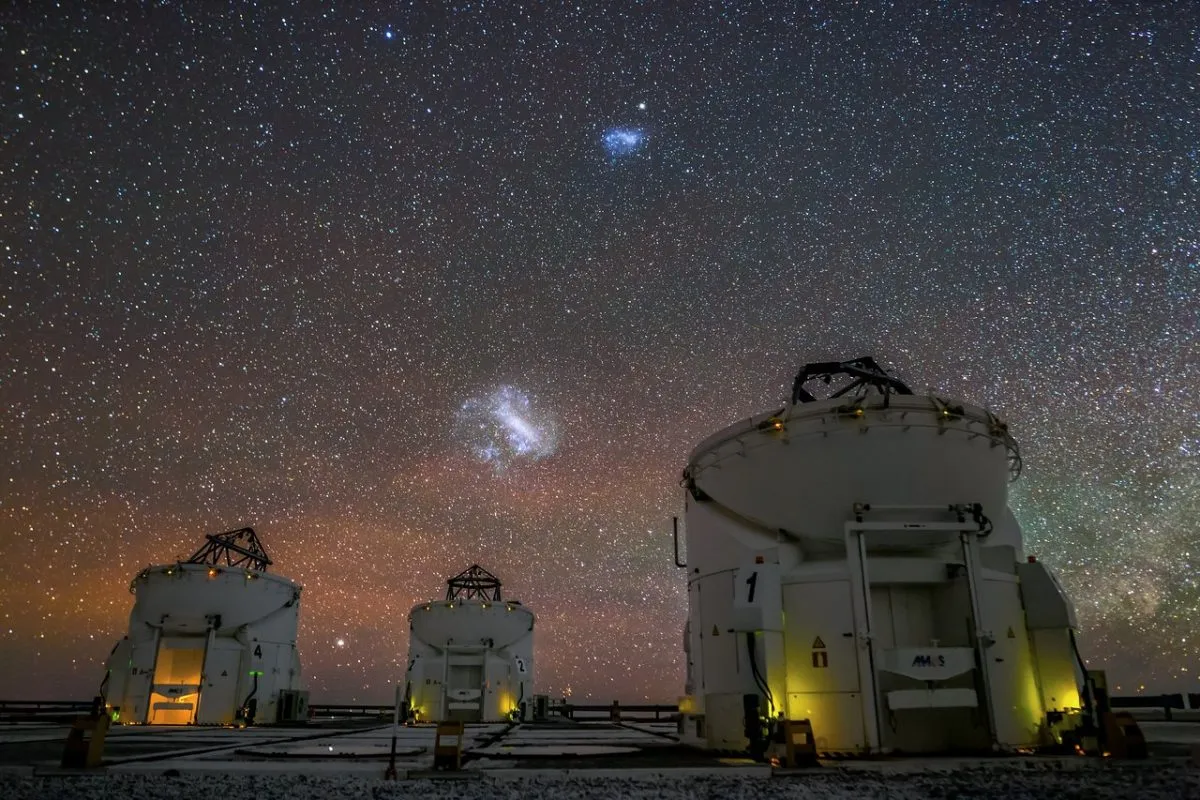
Once they’ve received their data, science teams then write papers, sharing their work with the community.
The discoveries will then drive the push for new instruments and telescopes, beginning the cycle again.
But what's it like to be an astronomer? What does an astronomer do on a day-to-day basis?
We spoke to astronomy professionals from around the world to find out what goes in to every stage of understanding the Universe.
If you'd like to be an astronomer, read our guide on how to get a career in the astronomy or space sector.
6 different jobs an astronomer can do
Observational astronomer
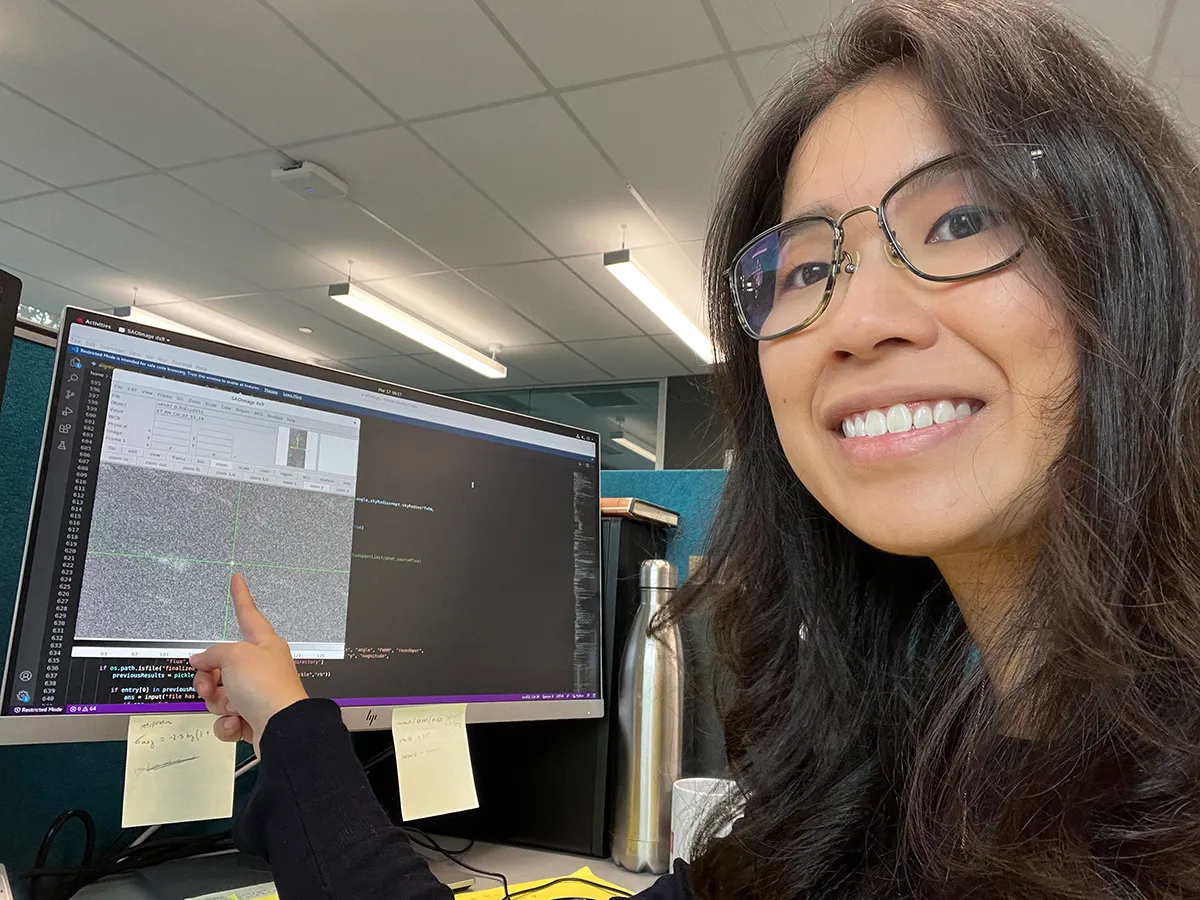
Nicole Tan is a PhD student at University of Canterbury who spends her time requesting observations and then analysing the data to study trans-Neptunian objects on the edge of the Solar System.
What's a typical day for you as an astronomer?
"I spend the majority of my time working on code and reading papers. Physically, that means a lot of sitting at a desk and staring at a computer screen!
I’m also a teaching assistant for a few introductory astronomy courses. And of course, what is science without working with others – meetings with supervisors, meetings with collaborators – all avenues in which I get to chat about the field."
Do you get much chance to leave your office?
"Observing trips and conferences are an important aspect of being an astronomer. Unfortunately, because I started my PhD during COVID-19, all my conferences have been online. Thankfully, the data for my project has already been collected, so COVID-19 didn’t hinder that. Plus, most telescopes don’t need you to be there to observe.
"But there’s nothing like doing hands-on observing, so I’m glad that I recently got to go to Mount John Observatory here in New Zealand. It’s located in a dark-sky reserve – I’m originally from Singapore and have only ever known light pollution, so I got to see the southern hemisphere night sky for the first time."
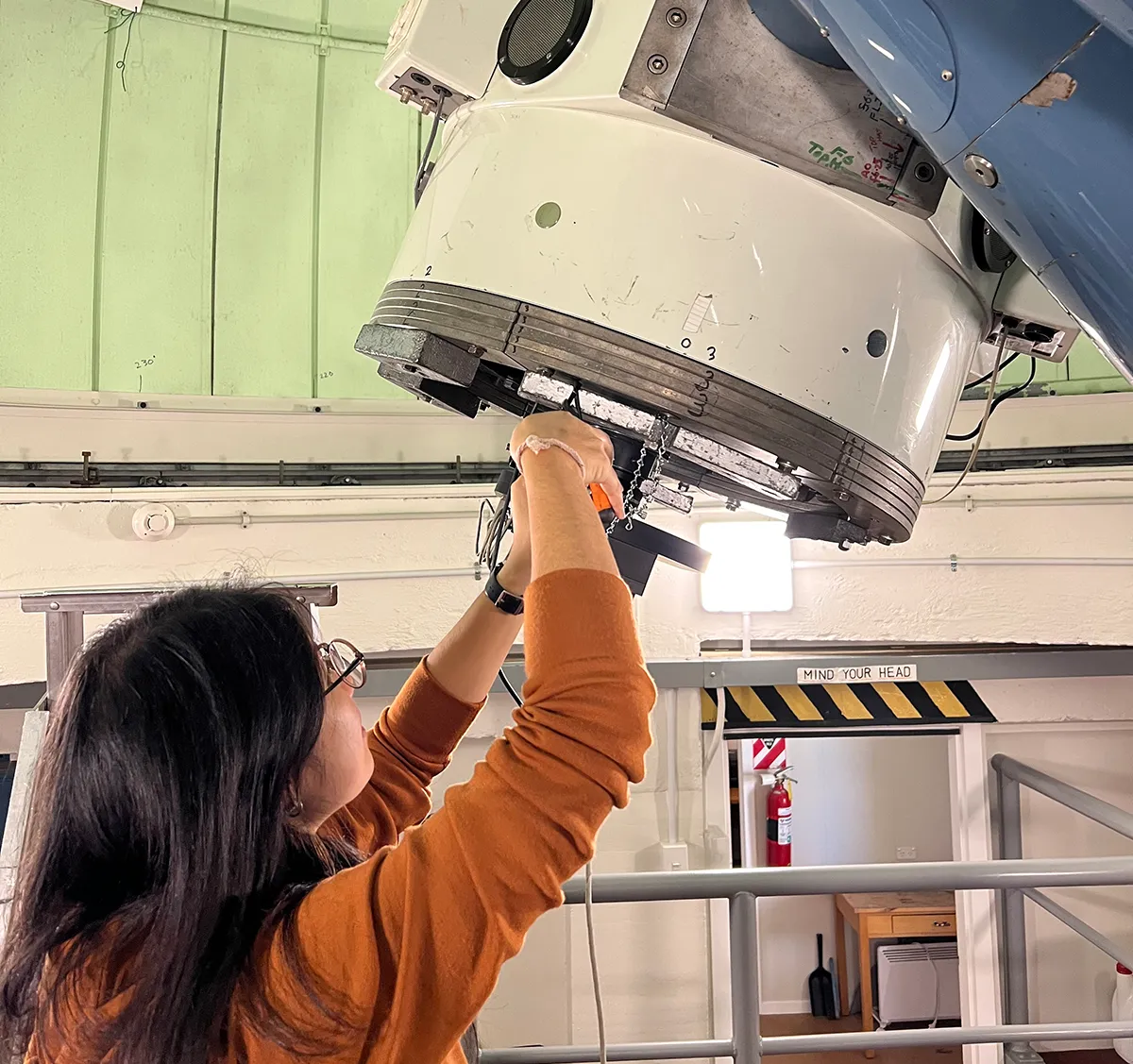
What's best about being an observational astronomer?
"I like the fact that astronomy, especially in the planetary sub-field, is interdisciplinary. I flit between computer science, physics, geology, chemistry, data science and statistics. The deeper I delve into the niche topic of my research, the more my understanding of these fields expands."
Is being an astronomer what you expected?
"I did expect to spend more time observing. One thing I was surprised by is that posters are used so much as a regular presentation method. When I was in middle school presenting at the science fair, I never realised that I’d be doing the same thing at professional astronomy conferences. Of course, these ones are professionally printed, with significantly fewer hand-cut and glued elements!"
Instrument builder
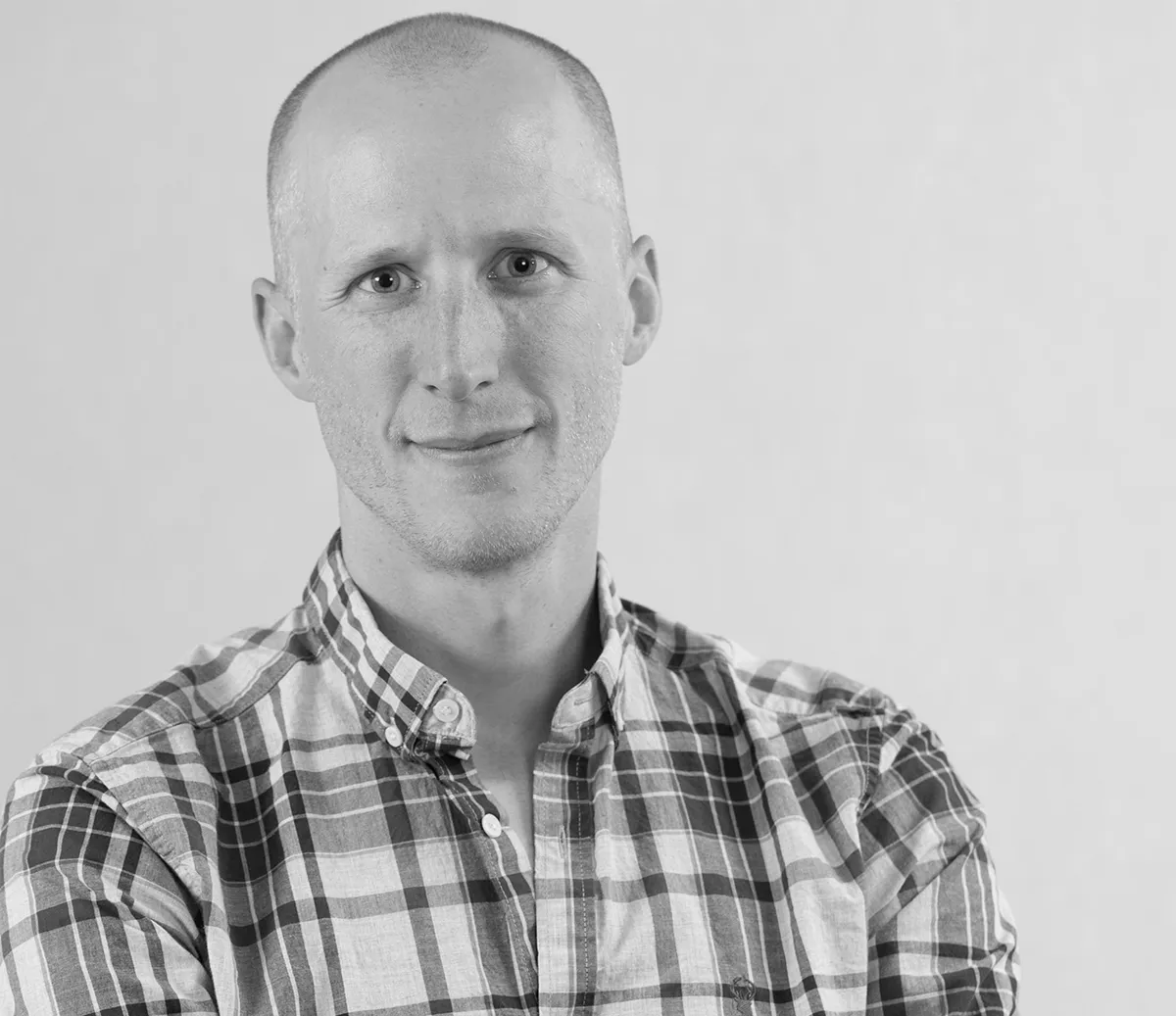
Creating professional astronomy hardware takes teams of dedicated instrumentation builders, like Dr James Osborn of Durham University
"I’m an instrument builder, at the concept-driven, prototype stage – looking at the next idea that is going to drive us to step up performance. My favourite part is the idea generation stage, where we get people together around a whiteboard and say: "This is the problem, how do we solve it?" We want 10 crazy ideas that we can shake around to get one usable idea.
"Ideas are easy, but actually making it is the hard bit. You need specialists to work out how to build that instrument, design it, develop it and test it."

"A lot of the troubleshooting during development is done by PhD students and post-doctoral researchers – they learn a lot from doing that. Then once the instrument is developed, we’ll go to a big observatory and get the prototype instrument working on the sky. That’s pretty hardcore, with 20-hour days, working away from home. During the day this involves getting things working, including software and hardware. Then, at night, we’re actually seeing how it works on the sky.
"Once you’ve had a great idea and proved it works, it’s no good if it just sits in a room, so a big part of my job is talking to people, getting them to take on the new technology, and working together to build bigger instruments in the future."
Telescope liaison
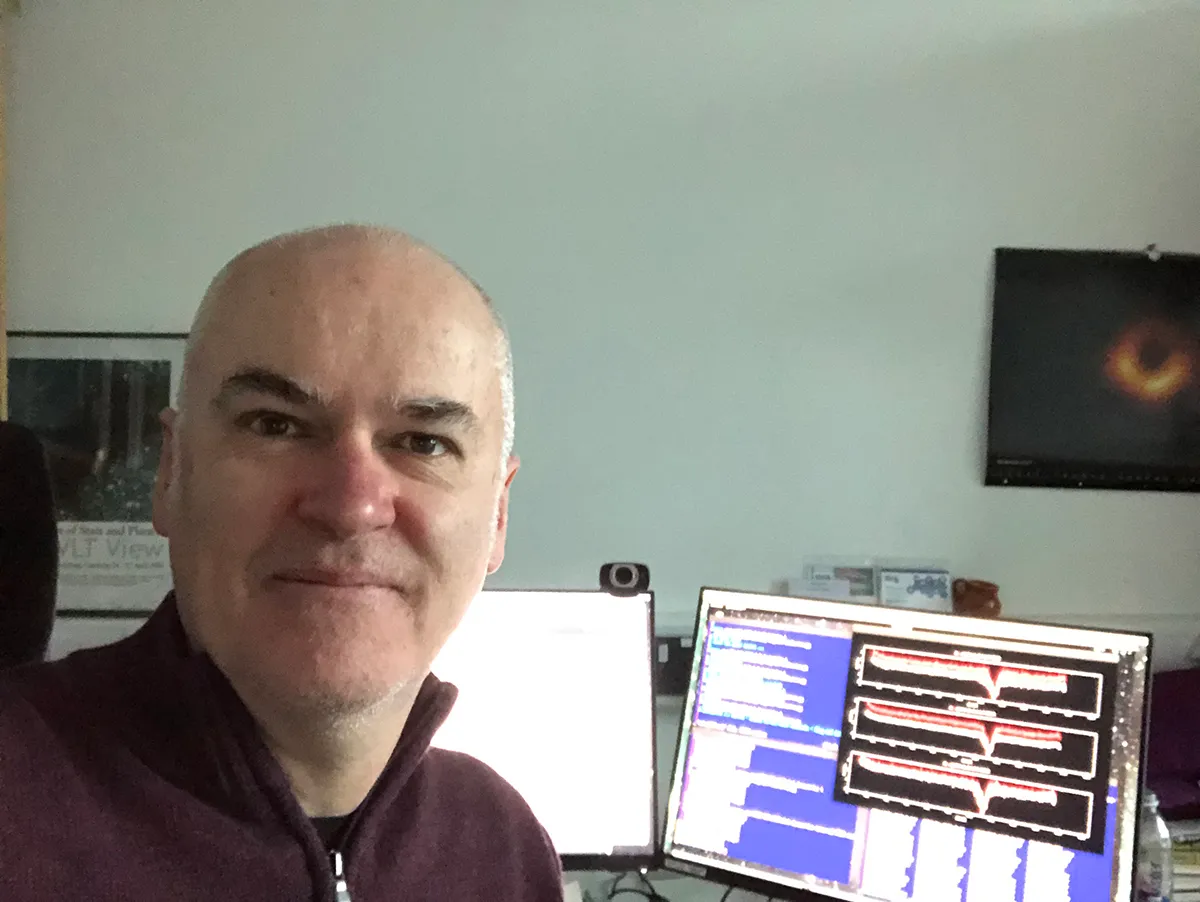
Dr Tyler Bourke is Project Scientist for the Square Kilometer Array,a huge radio telescope being built across South Africa and Australia. Project scientists like Tyler Bourke ensure the telescope will run to its fullest science potential.
How do you help with building the SKA?
"The Square Kilometer Array (SKA) is just starting its construction – though we’ve been planning it for eight years – so a lot of what we’re doing at present is discussing the design and building process through meetings. Too many meetings I would say!"
How do these discussions affect the SKA?
"I have technical meetings almost every day. I can’t inform them on what sort of cabling should be used, but in terms of scientific needs – what wavelengths we need, what sort of spectrometers, how big the telescope has to be to achieve what we want – I might. This is a big science project and the highest level requirements are scientific, everything comes from that."
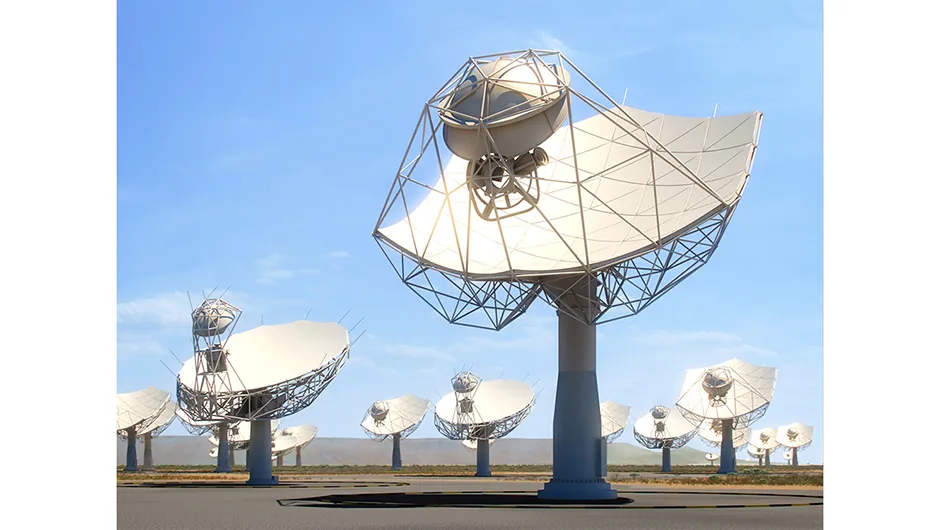
How are you planning for when the telescope is finished?
"These days, especially at the largest facilities, you don’t go to the telescope. You put in a proposal and one day you get an email saying, ‘Last night we observed your project’. We’re going to have experienced, trained operators making the observations, but how will people submit proposals for observations? How will they look at the data? We discuss how the telescope will actually run.
"Finally, I also get people excited about the project. It’s one thing to put information on a web page or in an email, but when you present it in a room, get people talking and planning, you keep it in the forefront of their minds. You can’t put a value on that interaction."
Observation coordinator
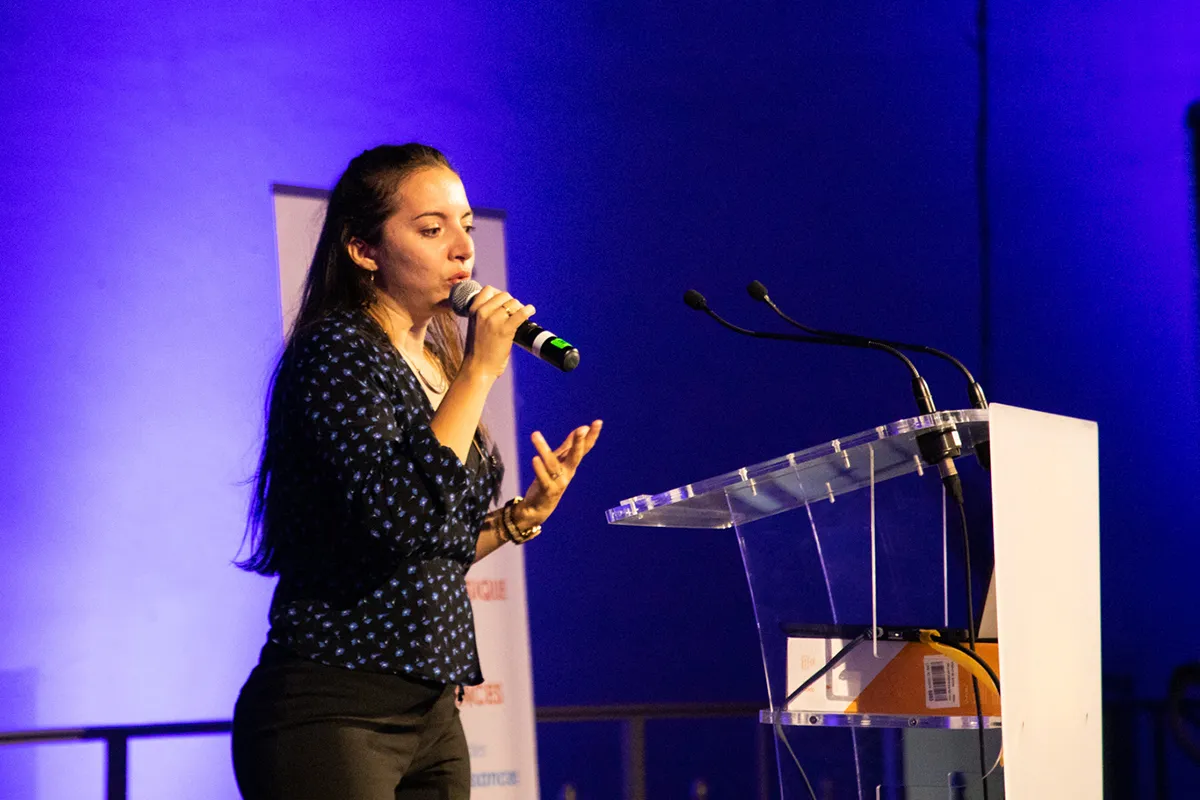
Dr Sarah Antier is an astronomer at the Observatoire de la Côte d’Azur and the Virgo Consortium. When a transient event – such as a supernova or black hole merger – happens, astronomers like Sarah race to observe the event before it fades from view.
"Violent phenomena – such as the collapse of massive stars or collisions of compact objects – release gravitational waves that are detectable by the interferometers like LIGO (Laser Interferometer Gravitational-Wave Observatory) and Virgo. Meanwhile, the material surrounding these events releases high-energy gamma rays, optical or near-infrared light.
"Fully observing these events can help us understand how matter behaves under nature’s most extreme conditions, but that requires many observations from around the globe. That involves a lot of logistics and communication, but these observations can lead to wonderful discoveries for astrophysics, cosmology and fundamental physics."
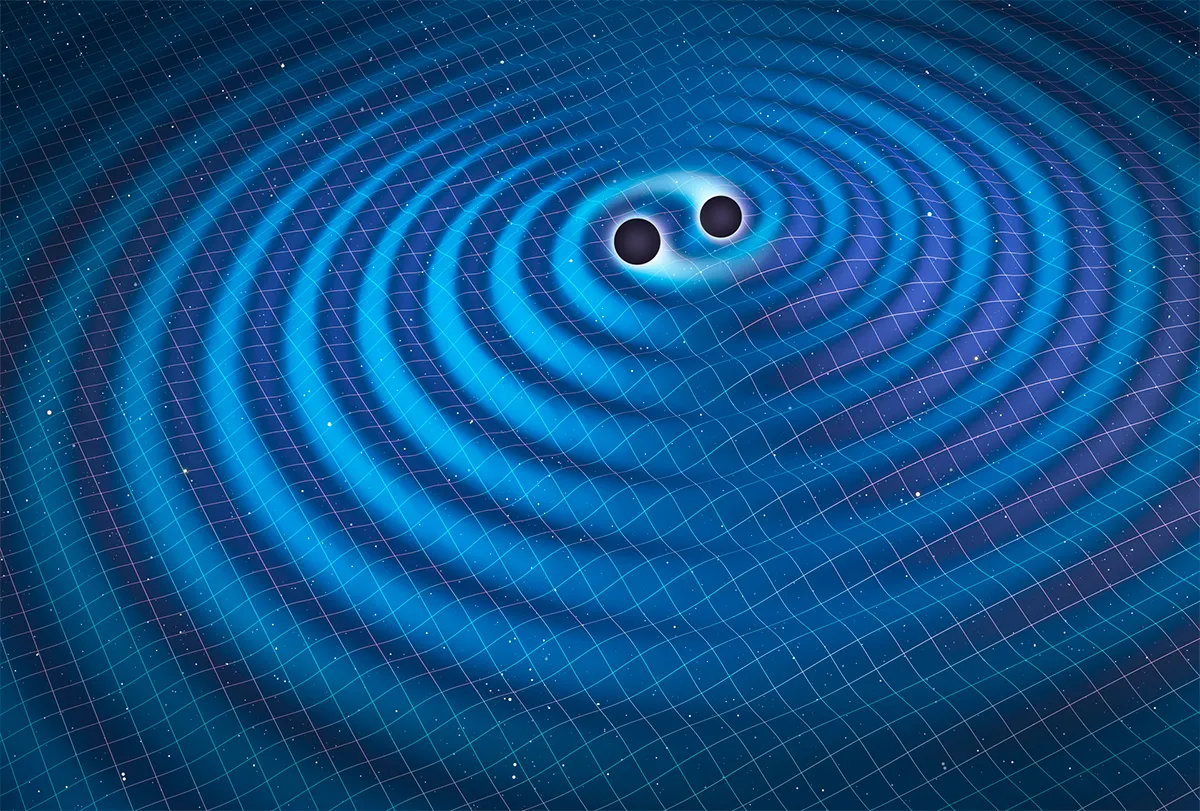
"As soon as a gravitational wave is detected, I receive an alert. I lead the GRANDMA (the Global Rapid Advanced Network Devoted to Multi-messenger Addicts) collaboration – 85 amateurs and professionals, from 20 countries, that coordinate observations.
"Members of the collaboration take shifts waiting for these alerts. They can arrive at any time – at dinner, during my kid’s bath, at a wedding – but I love the feeling of being on a treasure hunt when the alert first arrives! The first job is to check the ‘sanity’ of the alert – does it have an astrophysical origin?
"Meanwhile, observatories such as the TAROT telescope network (which I work with) image the source within seconds of the alert. The source will become weaker as the hours go by, so the first 48 hours after the alert is a race. Then we hand observations over to more sensitive telescopes like ESO, Hubble Space Telescope or James Webb Space Telescope. Later, we use all the data to extract the physical properties of the source."
Queue observer

After astronomers have submitted their request for a particular observation, it’s up to queue observers like Eli Golub of WIYN observatory, Kitt Peak, Arizona to carry out the actual observations with the telescopes and instruments they operate.
What do you get up to on a typical night as an astronomer?
"The job involves long shifts spent at the telescope, working in a control room alongside a telescope operator. Sometimes I like to joke that I’m a professional at sitting in one place for 17 hours, trying out new office chairs, but the job is so much more than that.
"I operate one of several instruments attached to the WIYN (Wisconsin-Indiana-Yale-NOIRLab) telescope. My instrument is NEID, a spectrometer that finds and characterises exoplanets. Part of my job is ensuring the starlight is correctly fed into NEID: a seemingly simple task that’s surprisingly complex.
"Another part of my job is operating NEID’s queue, which is a scheduling system that we use to plan our nights as efficiently as possible. It allows us to observe different stars for astronomers from all over the world in a single night."
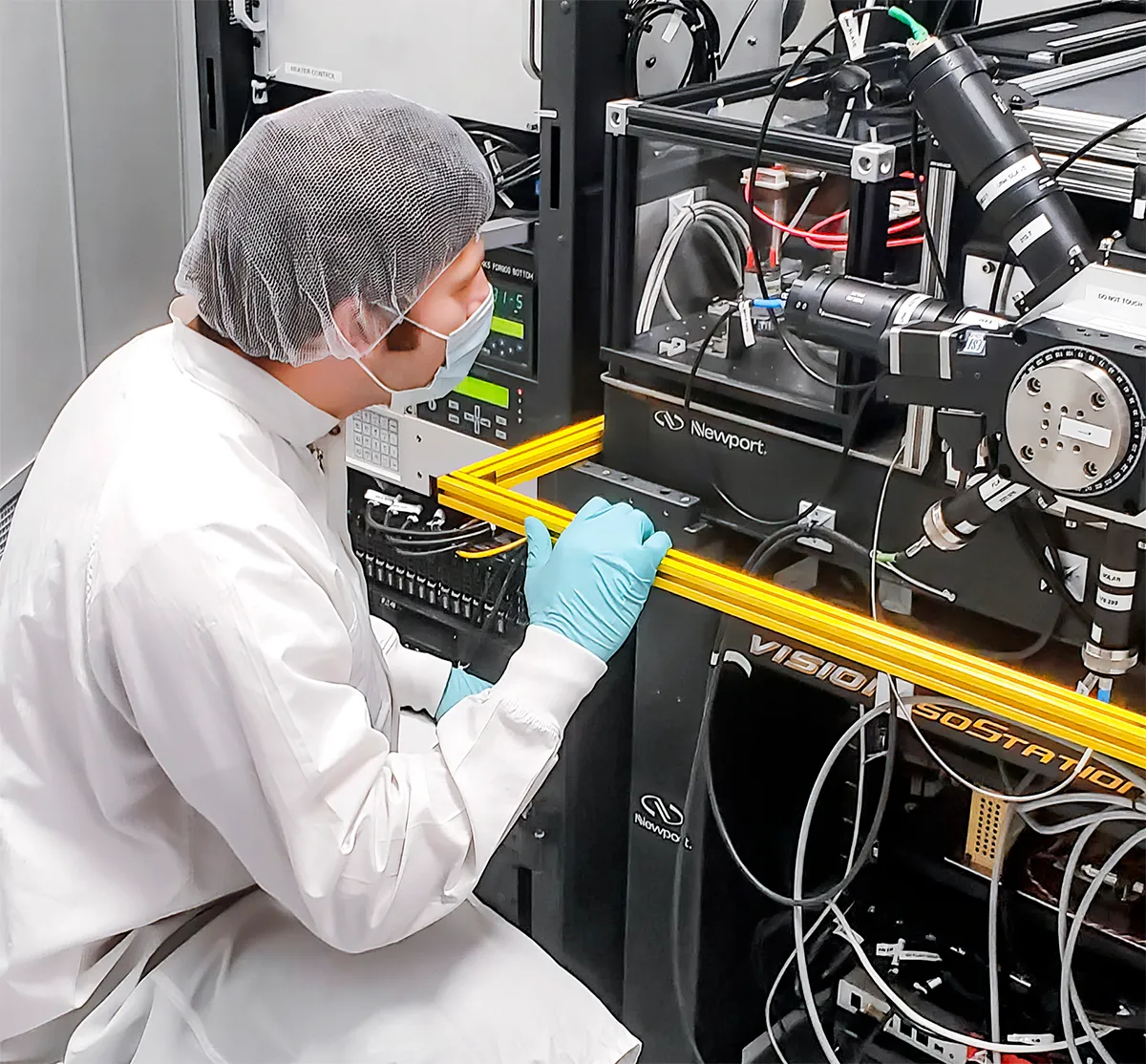
Do you ever work during the day?
"I occasionally work day shifts where I get the opportunity to assist the engineers who are working to maintain and improve the telescope.
"I also have side-projects that I work on when I’m not observing on the summit. These can be anything from software projects in support of telescope operations to my own research into exoplanet science."
Are there any drawbacks to being an astronomer?
"The isolation can be pretty tough mentally. Most of these shifts are done solo, with only your thoughts, the stars, and the occasional spider to keep you company. It’s not the worst thing, as it can be peaceful, but it certainly gets lonely from time to time."
Simulation builder
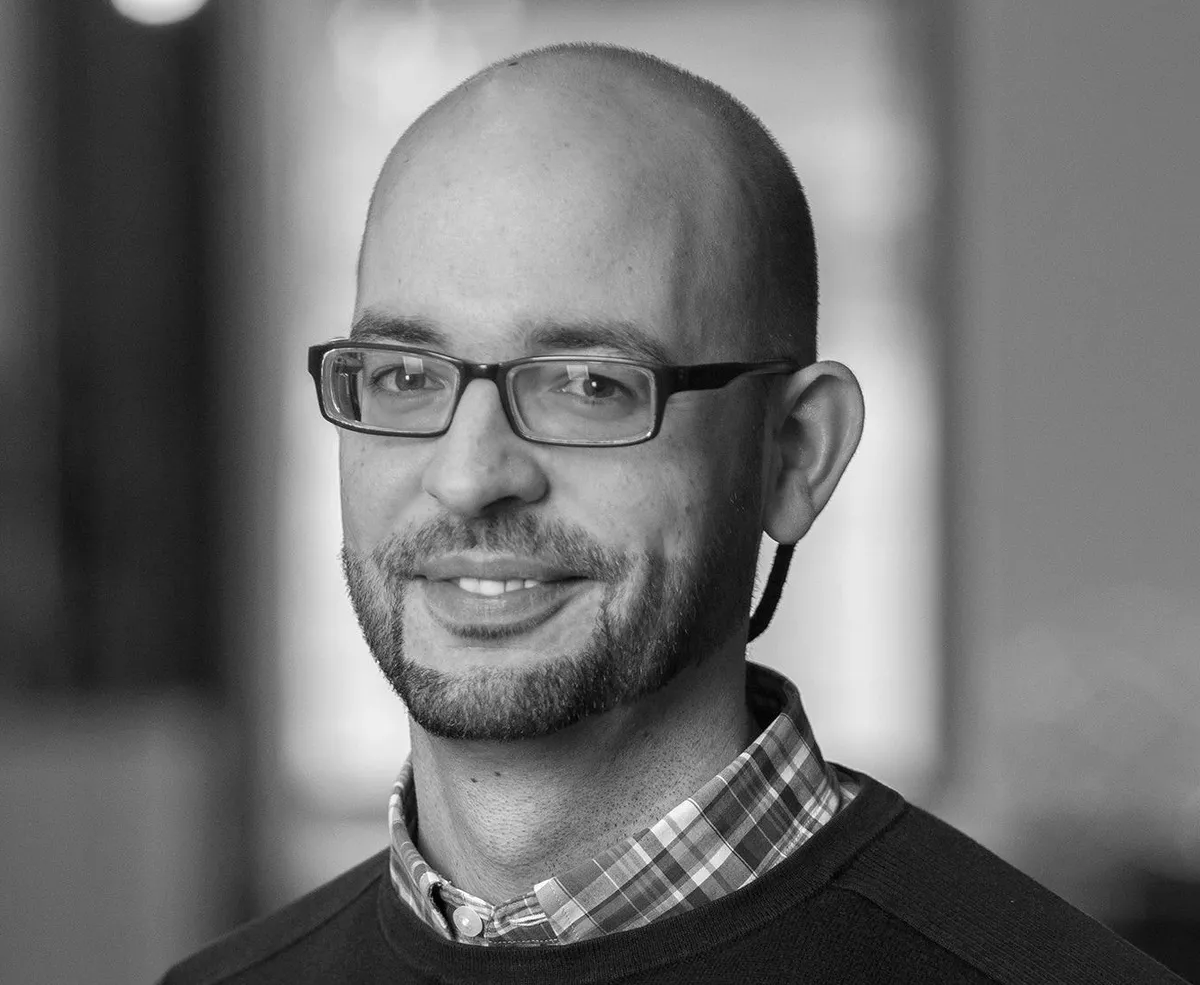
Prof Daniel Anglés-Alcázar, of the Flatiron Institute and University of Connecticut, creates detailed simulations of the Universe around us with the CAMELS project.
"I use computers to answer questions about how different astrophysical objects work. We use as much physics as we believe is important to produce 3D versions of simulated universes.
"First, we review the literature to evaluate the missing pieces of our understanding. Then we think about how to implement the physics we do already in the computer code.
"Once it is written, we have to check that the code is calculating what we actually meant and, more importantly, that the simulated universe it is producing is the correct one. We check that by comparing it to real observations."
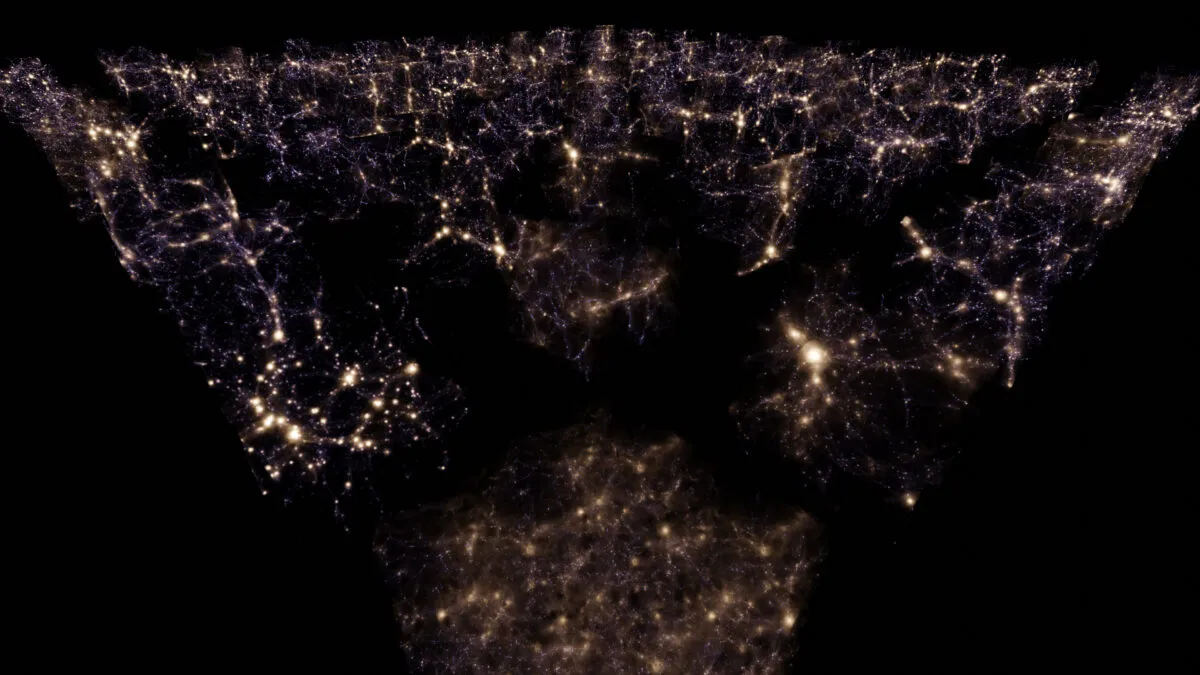
"We convert our simulated galaxies into observable quantities to do an ‘apples to apples’ comparison. If they look completely different, that suggests important pieces of the physics are missing.
"The simulations I work on have many different elements. We have to keep track over 14 billion years of simulated time, so our codes have to make many calculations. Some projects may require 10 million hours of computing time. That would take over 1,000 years on a single computer, so we run the simulation over thousands of computers in a few months.
"The prospects for discovering something new from these simulations is huge because it’s like having a lab the size of the Universe. It’s very exciting to not know what’s going to happen when you start a project – that element of surprise and discovery."
This article originally appeared in the June 2022 issue of BBC Sky at Night Magazine.

